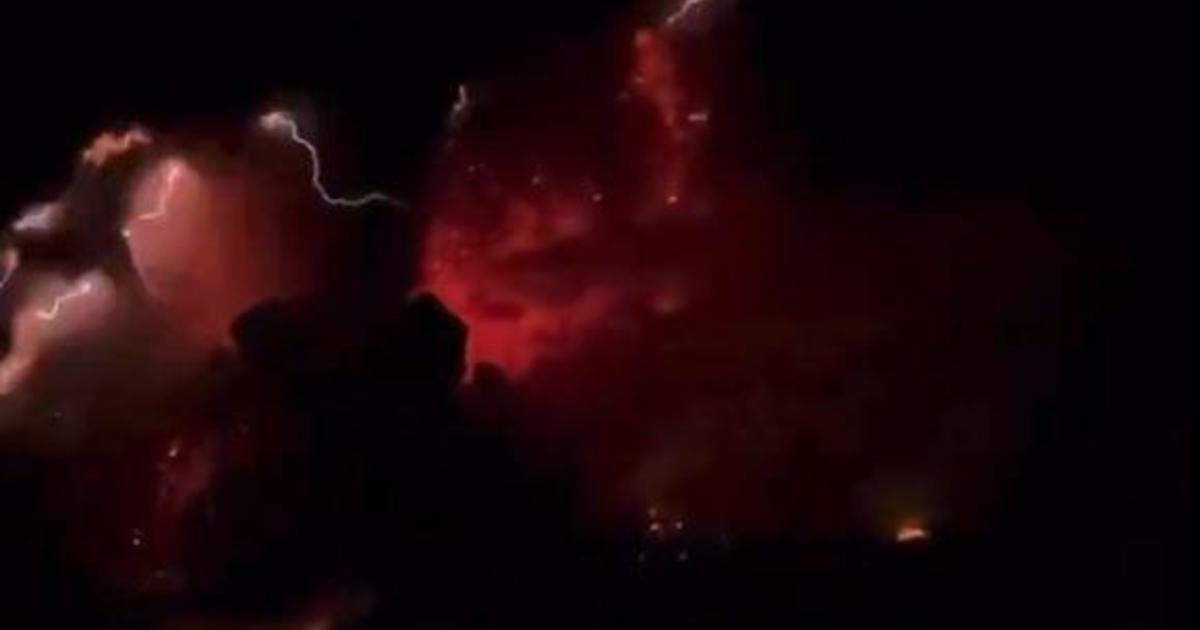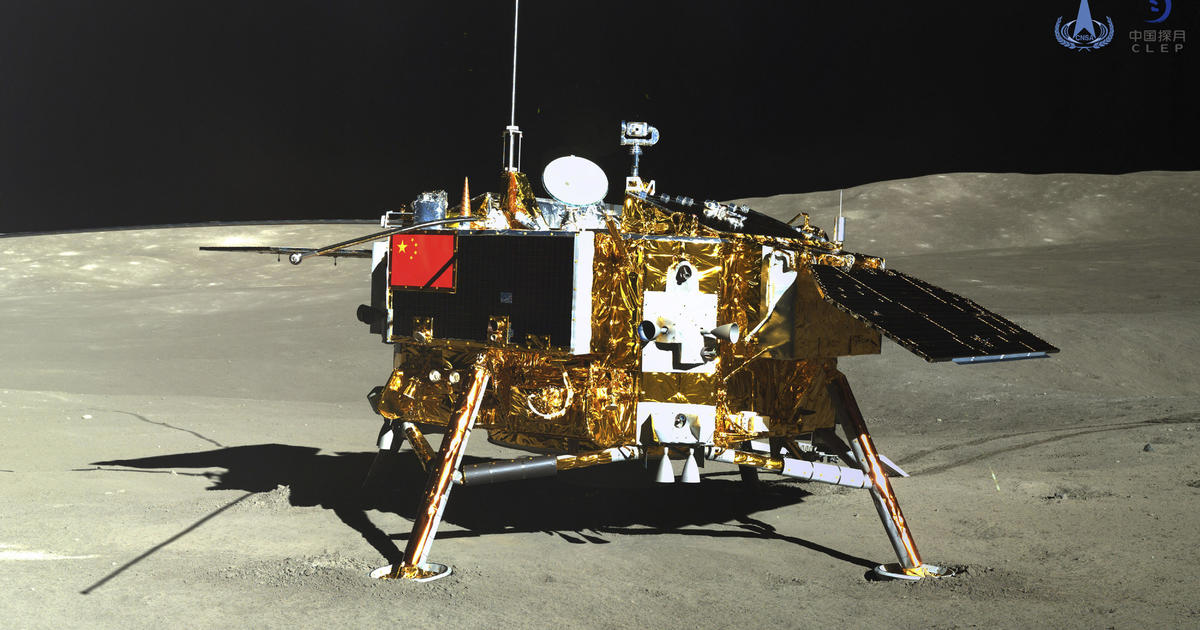Orionids, one of the best meteor showers of the year, peaks tonight
After a short hiatus from meteor activity, the annual Orionids meteor shower is back to bring shooting stars to the night sky. It's visible from about October 2 to November 7, as Earth passes through the debris from Halley's Comet, but peaks this week on Tuesday, October 20 and Wednesday, October 21.
And it's not the only exciting celestial activity this month — October features two full moons, the second of which falls on Halloween, and the closest our planet will be to Mars until 2035.
What are the Orionids?
The Orionids, which light up the night sky every October, is considered to be one of the most beautiful meteor showers of the year, according to NASA.
Orionid meteors are both bright and fast. They travel at about 148,000 miles per hour, or 41 miles per second, into Earth's atmosphere, often leaving behind glowing "trains" of debris in their wake and lasting for several seconds to even minutes.
"The Orionids are also framed by some of the brightest stars in the night sky, which lend a spectacular backdrop for these showy meteors," NASA said.
The meteors, which are leftover comet particles and broken asteroids, originate from the comet 1P/Halley, which orbits the sun about once every 76 years. The comet was last spotted in 1986, and won't enter the inner solar system again until 2061.
The comet is named after Edmond Halley, who discovered its 76-year orbit in 1705. Halley believed that three previous comets were all the same one — a prediction that proved true when it came back around after his death.
Halley's comet is perhaps the most famous comet of all time, cited for millennia, and even featuring on the Bayeux tapestry, which displays the 1066 Battle of Hastings.
The Orionids get their name from the constellation Orion, which is the point in the sky where they appear to come from. The constellation isn't the source of the meteors, rather, it serves to help skywatchers determine which meteor shower they are viewing. The meteor shower's radiant point is just to the north of Orion's bright star, Betelgeuse.
How to watch the meteor shower
The Orionids peak in the early morning hours on October 21 each year, but are strongly visible in the surrounding nights. They are visible in both the Northern and Southern hemispheres in the hours after midnight, but you can check timeanddate.com to find out the best viewing time for your area.
Conditions should be favorable, as the next full moon is not until Halloween, on October 31.
As always, NASA advises finding an area with little light pollution, and bringing a sleeping bag, since you may be there for a while. To see the meteors, lie flat on your back, with your feet facing southeast if you are in the Northern Hemisphere or northeast if you are in the Southern Hemisphere.
While Orion is the meteors' radiant, it is not the only place skywatchers should look to view the shower — they are visible throughout the night sky. NASA recommends viewing them from 45 to 90 degrees away from Orion, where they will appear longer and more magnificent.
Within 30 minutes of being outside, your eyes will adapt to the darkness. You can expect to see approximately 20 meteors per hour in moonless skies, but be patient — the show will last until dawn!
NASA advises to watch out for prolonged explosions of light when watching the meteor shower — this means the meteors have become fireballs, which are extremely bright.
Mid-October to mid-December is a nearly continuous period of spectacular meteor activity. Following the Orionids, the next major Meteor shower is the Leonids, peaking in mid-November.





